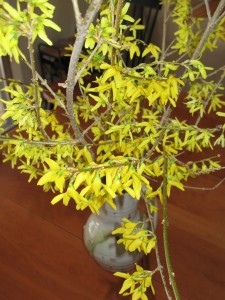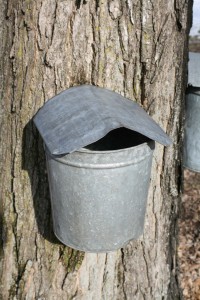by Corinne H. Smith
“How many a man has dated a new era in his life from the reading of a book.” ~ H.D. Thoreau, Walden
Last year when I read Susan Cain’s new book, Quiet: The Power of Introverts in a World That Can’t Stop Talking, I found myself in its pages. I already knew that my personality tends naturally toward introversion. Cain’s ground-breaking book gives people like me a voice and validation. She’s getting lots of well-deserved publicity, too. Quiet has landed on many bestseller lists, and more than four million people have viewed Cain’s online TED talk. You can see that talk at http://www.ted.com/talks/susan_cain_the_power_of_introverts.html.
Quiet is a book that I keep referring to in conversation and recommending to others. I know that reading it has enhanced my life.
![]()
I wasn’t the only person I recognized in Susan Cain’s descriptions, however. After all, introverts make up one third to one half of our population. So we’re apt to have a few in our lives, even if we aren’t introverts ourselves. In addition to several close friends and other family members, I was also strongly reminded of Henry David Thoreau.
Ms. Cain mentions Thoreau by name only once in her text. He joins the ranks of famous introverts who contributed worthy ideas and words to western culture. They include Sir Isaac Newton, Albert Einstein, William Wordsworth, Frederic Chopin, Marcel Proust, George Orwell, Dr. Seuss, Steven Spielberg, and J. K. Rowling. These individuals found that they could best channel their creative or problem-solving juices when given stretches of solitude.
Early in the book, Cain offers readers a 20-point quiz to gauge their own habits. You can take that quiz yourself at http://www.thepowerofintroverts.com/quiet-quiz-are-you-an-introvert/. Here are the first four statements. Participants are asked to agree or disagree with them.
- I prefer one-on-one conversations to group activities.
- I often prefer to express myself in writing.
- I enjoy solitude.
- I seem to care less than my peers about wealth, fame, and status.
To me, these sentences sound as if they came straight from a Henry David Thoreau autobiography, or from some of the more introspective pages of his journal. The very traits that others have judged to be major defects – that this man didn’t seem to want to socialize with people much, and that he preferred being by himself in Nature instead – can be seen as concrete examples of his introversion. Skim through his writings, and you’ll find ample evidence of this. Two selections come to my mind:
“I feel the necessity of deepening the stream of my life; I must cultivate privacy. It is very dissipating to be with people too much. As C. says, it takes the edge off a man’s thoughts to have been much in society. I cannot spare my moonlight and my mountains for the best of man I am likely to get in exchange.” ~ Journal, August 2, 1854
“I thrive best on solitude. If I have had a companion only one day in a week, unless it were one or two I could name, I find that the value of the week to me has been seriously affected. It dissipates my days, and often it takes me another week to get over it.” ~ Journal, December 28, 1856
I can relate to Henry’s experiences. I too have had times full of people who have “dissipated my days.” And I too have found it best at times to get away from them.
Categorizing individuals as introverts or extroverts would have been an alien concept to Thoreau, since it was first brought forth by Carl Jung in 1921. Susan Cain has expanded upon the topic and made it relevant to the general public. I highly recommend Quiet to every reader, and especially to those who long to think more deeply about Thoreau. His name may appear only once in Cain’s book, but the man himself seems evident throughout.


